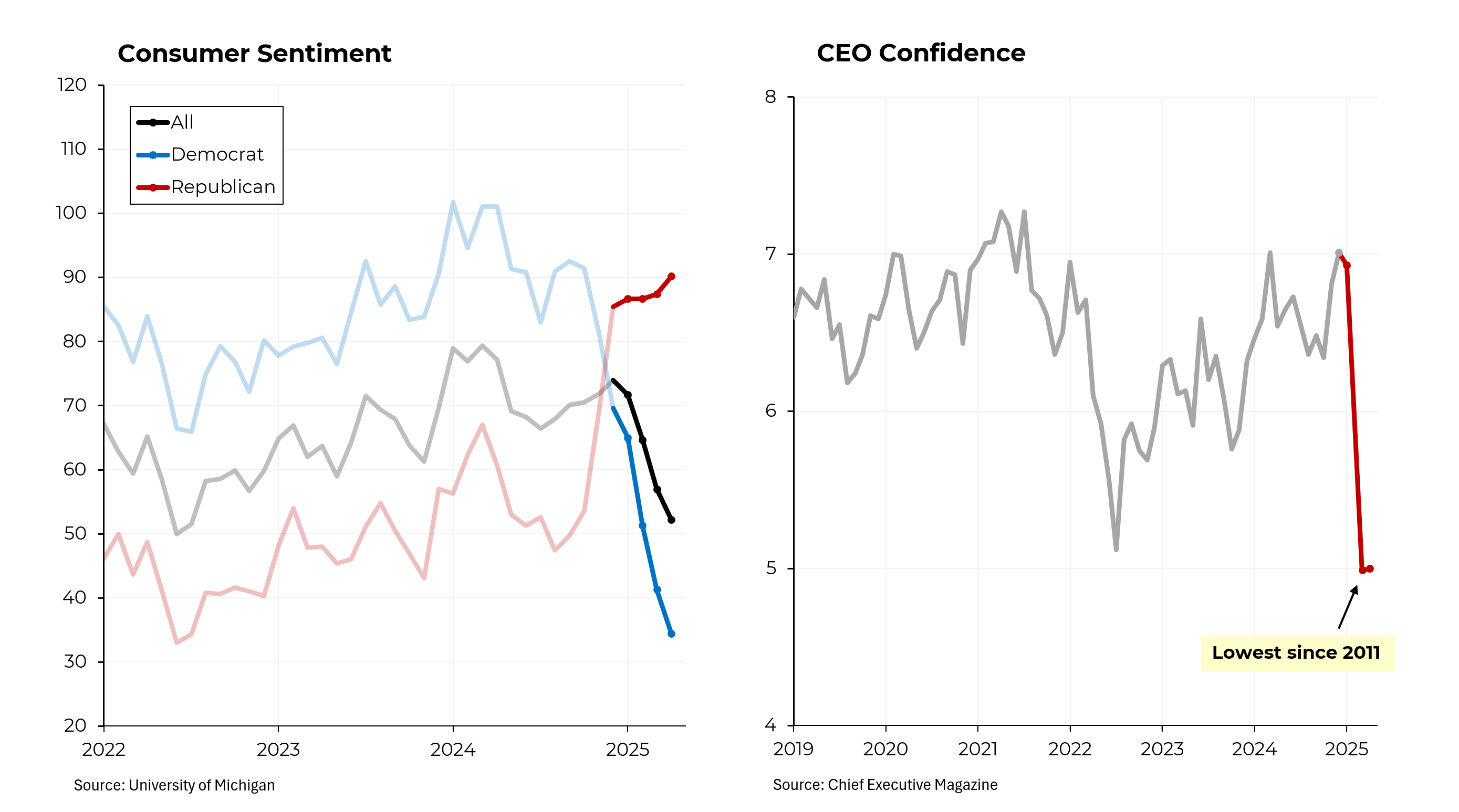Orginally published in the New York Times.
The debate over whether the recent surge in inflation is transitory or permanent has been settled. Now the question is whether the Federal Reserve can tame increasing inflationary turbulence and bring the economy to a soft touchdown.
Mounting evidence suggests a hard landing — in other words, a recession. We need our economic policymakers to move quickly before the likely damage, already in progress, escalates. Just Tuesday, for example, the Labor Department reported that prices rose by 8.5 percent in March over the previous year, up from 7.9 percent in February.
And that’s without the full impact of inflationary pressures emanating from the war in Ukraine. Meanwhile, shortages of goods (supply chain problems) continue while escalating wage rates — a good thing in other contexts — are putting more upward pressure on prices.
To respond, the Fed will need to raise interest rates aggressively, quickly and far more forcefully than markets and many economists expect.
Let’s go back to Economics 101. Our inflation problem stems from too much demand relative to available supply. Increasing supply is invariably a slow process.
To reduce inflation — and this is the part that’s rarely said aloud — we must reduce demand. That means forcing Americans to spend less. Which in turn leads to fewer jobs and slower wage growth, historically to the point where we tip into recession.
That’s not desirable, but it is the price we pay for poor economic policies delivered by the White House, by Congress and by the Federal Reserve. Those poor policies include far too much budgetary stimulus as we addressed Covid challenges. The $1.9 trillion American Rescue Plan passed in the early days of the Biden administration will go down in history as an extraordinary policy mistake. And the Fed — an esteemed, independent steward of our monetary policy — similarly overestimated the amount of support the economy needed and pumped trillions of dollars into the system.
As a result, we have gotten way behind the curve on inflation; the Fed will have to raise interest rates considerably more than if the problem had not been allowed to arise.
In the past, addressing an inflation problem necessitated the Fed raising interest rates above the inflation rate. Even using the Fed’s preferred inflation measure, which is now tracking at 6.4 percent, that would mean rates far higher than the Fed’s current prediction of 2.4 to 3.1 percent by the end of 2023.
Rising interest rates slow the economy in several ways. Higher rates make large purchases bought on credit, like homes and automobiles, less affordable, thereby reining in demand and cooling prices. For their part, businesses would borrow less. And the stock market would also be hit, as investors shifted capital to take advantage of more attractive interest yields on bonds.
Softer home values and a potentially declining stock market would trigger a reverse wealth effect: Feeling less well off, Americans would spend less. All of this would ripple through the economy, ultimately resulting in less economic activity.
Optimists — including the Biden administration — argue that the current supply-demand imbalance can be addressed on the supply side of the equation. That is fantasy. Intel has, happily, announced plans for a new semiconductor plant in Ohio, but that facility won’t be operational until 2025. Nor will attacking oligopolistic practices in the meatpacking industry or the escalating cost of hearing aids have any measurable effect on overall prices.
Then there’s the other important supply input: labor. Bringing more Americans into the labor force could moderate the pace of wage increases but not nearly quickly enough or on the order of magnitude needed to ease the current worker shortage.
What can policymakers do to avert a recession? At this point, regrettably little. The best approach would be to begin tightening before expectations for future inflation become embedded. Among the most compelling lessons of the double-digit inflation of the late 1970s is that it is far more difficult to unwind an inflation problem than to forestall it.
Those moves to unwind should include fiscal policy. Rather than increasing the near-term budget deficit, the White House should heed the advice of Senator Joe Manchin and couple new social programs — however meritorious — with an equal measure of deficit reduction.
I don’t believe that a recession is imminent; there’s too much capital sloshing around in the system for that to be likely. The Harvard professor Jason Furman estimates that Americans still have $2.3 trillion above prepandemic trends stashed in their bank accounts, largely as a result of special government payments and underspending during the pandemic lockdowns.
The much-desired soft landing that would obviate the need for more painful measures is theoretically possible, but history is not on its side.
The former Treasury secretary Lawrence H. Summers has observed that over the past 75 years, every time inflation exceeded 4 percent and unemployment was below 5 percent, a recession ensued within two years.
Bond markets also accurately predicted past slumps. When 10-year interest rates fall below two-year rates, recessions have, on average, occurred in about 18 months.
With both conditions having been true this month — at least briefly — that would suggest a downturn just as the 2024 presidential campaign season is getting underway. A potential electoral nightmare for Democrats to ponder.






